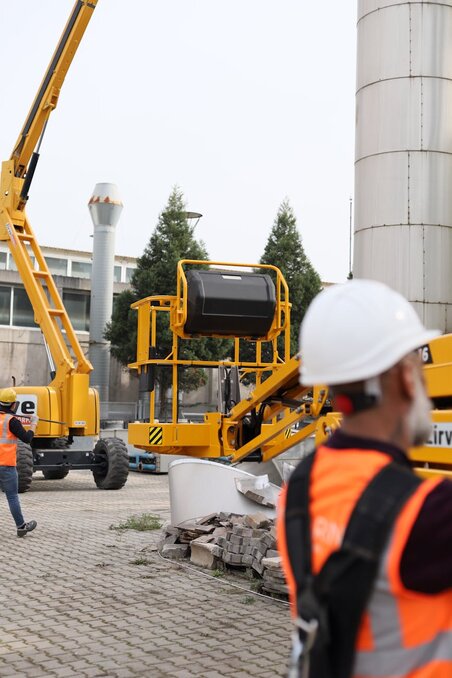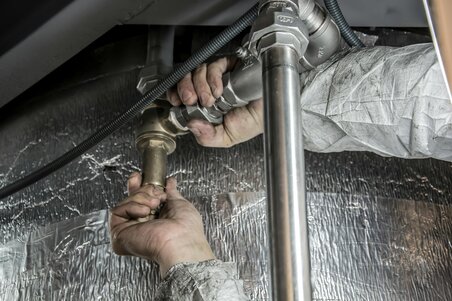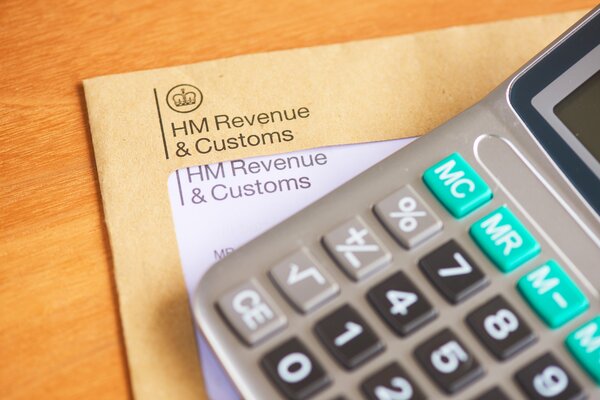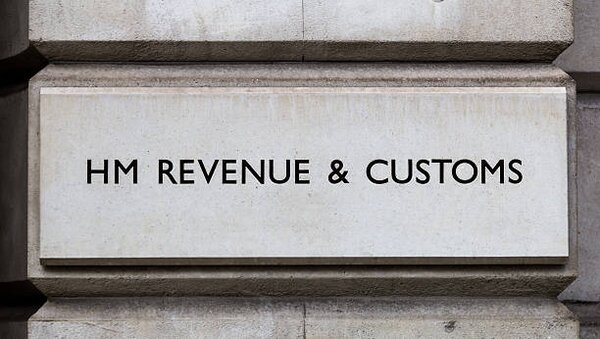Introduction
Construction subcontractors pay their taxes and make National Insurance contributions (NICs) through Construction Industry Scheme (CIS) deductions. Each year these subcontractors make approximately £80 million in excess contributions, a situation HMRC remedies by way of CIS tax refunds. As the average CIS refund is just over £2,200 it is in your interest to file for a refund if you believe one is owed you. In this guide, the tax assistants at Pie will look at all aspects of making a CIS repayment claim.
About CIS Repayment Claims
Subcontractors in the construction industry are required to submit their self-employment tax returns by January 31st of each year. When filing their tax return they are allowed to claim legitimate expenses and personal allowances as deductions, which lowers the amount of income that qualifies as taxable.
Because these deductions are not applied at the time subcontractors make their CIS payments on the 22nd of every month they often wind up being owed a refund after they file their tax return in January. As such the subcontractor will need to make a CIS repayment claim in order to get their money back. Given the size of the average refund, making the repayment claim is a smart move.
It's important to note that HMRC is not in the habit of returning money to taxpayers no questions asked. Expect that they are going to investigate the matter before agreeing you overpaid. With that in mind, you will need to be diligent when filing your tax returns to ensure they are completely on the up-and-up and will withstand official scrutiny.


Requirements for Making a CIS Repayment Claim
You can only make a CIS refund claim for overpayments made during the previous 4 years. Anything further back than that is forfeit. In order to make a successful claim you will need to have verifiable receipts for every expense you claim.
Whenever possible we recommend you keep not just the paper receipts but electronic versions as well. These can take the form of scans or photos. In addition, make sure you have your UTR available as well as records of other types of income (if any).
Who is Eligible for a CIS Tax Refund?
If you are a subcontractor in construction you are eligible to file for a CIS Tax Refund…
•If you are registered under the Construction Industry Scheme.
•If you have performed work at two or more construction sites for the same company during the past 4 years.
•If you have made monthly tax payments and monthly contributions to the NIC.
•If, after factoring in deductions on your tax return, you conclude you overpaid.
Keep in mind that, when examining your refund claim, HMRC will look at both your current tax return and your tax history. If there is evidence of past non-compliance or outright tax evasion they may withhold any tax return pending further investigation.

Making a CIS Repayment Claim
Construction subcontractors registered with the CIS have several means by which to file for a tax refund including online through the HMRC portal, via the post or directly through a bank or building society.
Note that limited companies are not allowed to make CIS refund claims via their company tax return. Attempting to do so will subject the company to significant penalties. But that does not mean limited companies are frozen out of filing for a CIS tax refund, only that they will need to make their refund claim through their company’s monthly payroll scheme and not on their yearly tax return.
HMRC strongly recommend that subcontractors make refund claims online rather than through their bank. The online option typically results in a much faster repayment process. For the sake of thoroughness, we should also mention you can make a CIS tax refund claim via the post, although this is the slowest of all the repayment options.
Some Common Mistakes to Avoid When Claiming a CIS Tax Refund
Most errors on CIS tax refund claims fall into one of 3 categories:
- The subcontractor makes erroneous expense claims.
- They file their tax refund claim before the tax year ends on April 5th.
- A limited company attempts to claim a refund on their yearly company tax return.
In order to ensure they are making viable expense claims it is recommended that subcontractors enlist the help of tax professionals when preparing their repayment claim. The Pie app is also a great way to keep all your relevant information organised so as to facilitate the refund claim process.
We mentioned it earlier but it bears repeating that limited company subcontractors must take pains to separate their CIS tax refund claim from their yearly tax return and instead make such claims through the mechanisms provided by the company’s monthly payroll scheme.

Timeline
In most cases, subcontractors can expect it to take 4 to 8 weeks (in some cases a bit longer) for HMRC to approve and remit a CIS tax refund. Factors that could cause delays include the subcontractor claiming the wrong amount, providing inadequate proof to back up expense claims and good old-fashioned human error.
Should a subcontractor become aware after filing their tax repayment claim that the claimed refund amount is wrong they can amend the details of their claim online through the HMRC portal, or by sending a revised figure (as well as the reasons behind it) by post to HMRC. Anyone choosing the latter route should make sure to include all relevant reference numbers and codes in order to facilitate the updating process.
Conclusion
Making a CIS tax repayment claim is not as difficult as it might seem to the inexperienced, and it is typically well worth the effort. If you are a subcontractor registered with CIS it is in your interest to file a refund request at the end of the year, as the amount owed you could be significant.
Remember that a successful CIS tax refund claim requires accurate, well-organised information to back it up and the best way to ensure all your tax-related information is in order is to use the Pie app. View pricing information (and learn about our 60-day free trial) here: https://www.pie.tax/pricing.
Frequently asked Questions
What is the Construction Industry Scheme (CIS), and who does it apply to?
The Construction Industry Scheme (CIS) is a UK tax framework that governs how payments to subcontractors in the construction industry are handled. Under CIS, contractors deduct a portion of subcontractors' payments for taxes and send these deductions to HMRC. CIS applies to businesses and individuals working in the construction sector, including self-employed subcontractors and contractors.
How can I determine if I am due a CIS tax refund?
To determine if you're due a CIS tax refund, you need to calculate your total income and expenses for the tax year. Compare the taxes withheld under CIS to your actual tax liability based on your self-assessment tax return. If the amount deducted is greater than your tax due, you likely have a refund coming. Common reasons for refunds include over-deduction, high expenses, or other tax allowances.
How do I claim a CIS tax refund?
To claim a CIS tax refund, you'll need to submit a self-assessment tax return to HMRC. On the return, include all your income, expenses, and CIS deductions. If the deductions exceed your tax liability, HMRC will process your refund. You can file your self-assessment online through HMRC's website or using accounting software. Consider consulting a tax professional to ensure accurate filing.
How long does it take to receive a CIS tax refund?
The timeframe for receiving a CIS tax refund varies, but it generally takes 4 to 6 weeks after filing your self-assessment tax return. HMRC may require additional information or documentation, which can extend the processing time. To expedite your refund, ensure all required information is accurate and complete when submitting your tax return.
What documents do I need to support my CIS tax refund claim?
To support your CIS tax refund claim, you should keep all records related to your income, expenses, and CIS deductions. This includes CIS statements of deductions, invoices, receipts, bank statements, and expense records. These documents will help you accurately complete your self-assessment tax return and provide evidence if HMRC requests additional information during their review.











